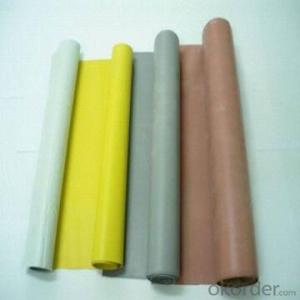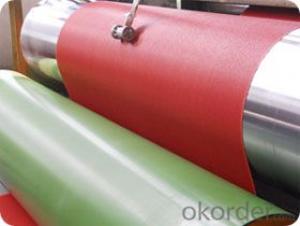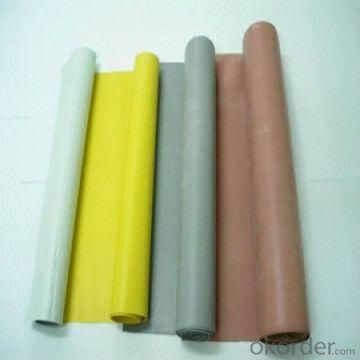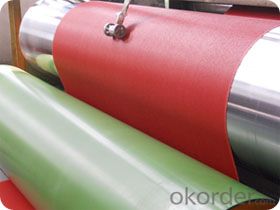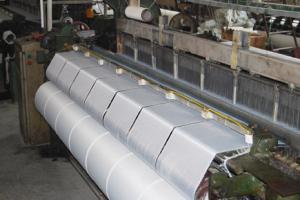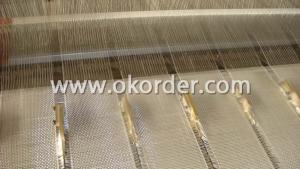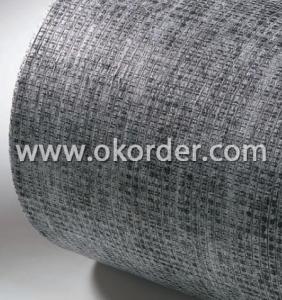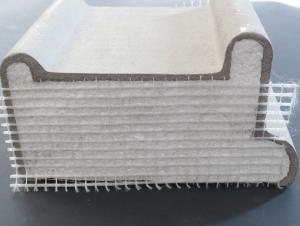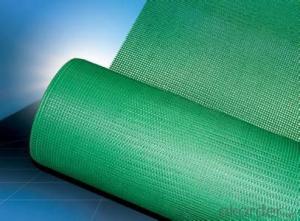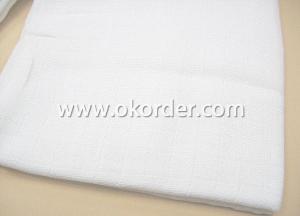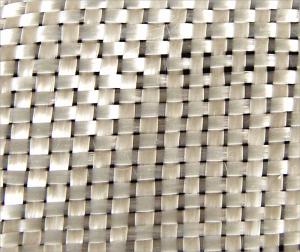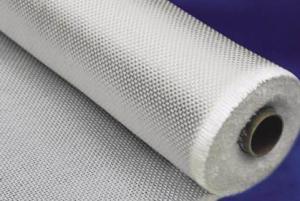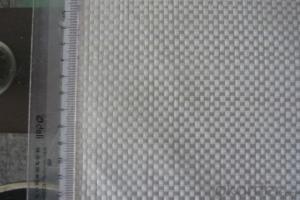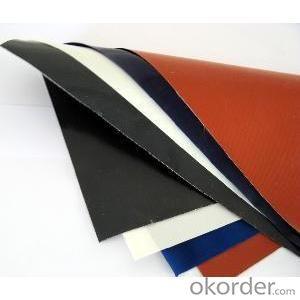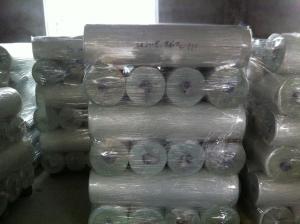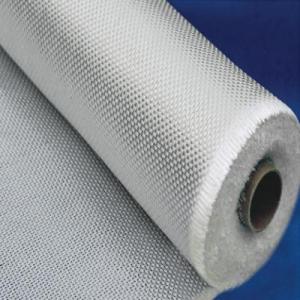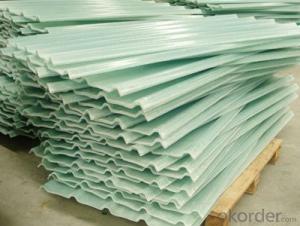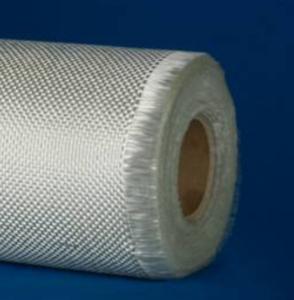Woven Roving Fiberglass Fabric Coated with Silicone Rubber 0.2mm-5mm
- Loading Port:
- Shanghai
- Payment Terms:
- TT OR LC
- Min Order Qty:
- 500 m²
- Supply Capability:
- 50000 m²/month
OKorder Service Pledge
OKorder Financial Service
You Might Also Like
Coated Fiberglass Fabric with Silicone Rubber 0.2mm-5mm
Fiberglass Fabric Description
Silicone coated fiberglass fabric is a fiberglass cloth, which possesses the properties of temperature resistance, anti-corrosion, high strength and is coated with organic silicone rubber.
Fiberglass Fabric Specification
Thickness:0.2mm-5mm
Width:100cm-150cm
Color;grey/red/silver/black
Weight(coating):130gsm-2800gsm
Model No | FSD2030 | FSD2030 | FSD2050 | FSD2100 | |
High temperature resistant(°C) | ≤280 | ≤280 | ≤280 | ≤280 | |
Low temperature resistant(°C) | ≥-40 | ≥-40 | ≥-40 | ≥-40 | |
Tensile intensity (N/50mm) | Warp | ≥1750 | ≥1750 | ≥2500 | ≥3500 |
Weft | ≥1280 | ≥1280 | ≥2100 | ≥3000 | |
Inflating burst intensity(Mpa) | ≥2.0 | ≥2.0 | ≥2.2 | ≥2.6 | |
Peeling intensity(N/m) | ≥450 | ≥450 | ≥520 | ≥600 | |
Insulation (kv/mm) | 16 | 16 | 18 | 18 | |
Weight (g/m*m) | 550-650 | 550-650 | 750-800 | 1500-1800 | |
Width(mm) | 1000±20 | 1000±20 | 1000±20 | 1000±20 | |
Thickness(mm) | 0.3-0.4 | 0.3-0.4 | 0.05-0.55 | 1.0-1.1 | |
color | Silver-gray, gray, red | lucency | Silver-gray, gray, red | Black, gray, red | |
Fiberglass Fabric Features:
1, Good performance on resisting high temperature and low temperature, -40°C-280°C;
2, High strength;
3, Ozone, oxide, light and weather aging resistance;
4, High insulation: dielectric constant:3-3.2, breakdown voltage: 20-50KV/MM;
5, Chemical corrosion resistant, oil-proofing, waterproofing (washable)
Fiberglass Fabric Application:
It has been widely used in construction, electric insulation,
chemical industry, pipeline ductile conjunction, large generating
Corrosion proofing field, machinery, metallurgy, sealing and so on.
Product Show
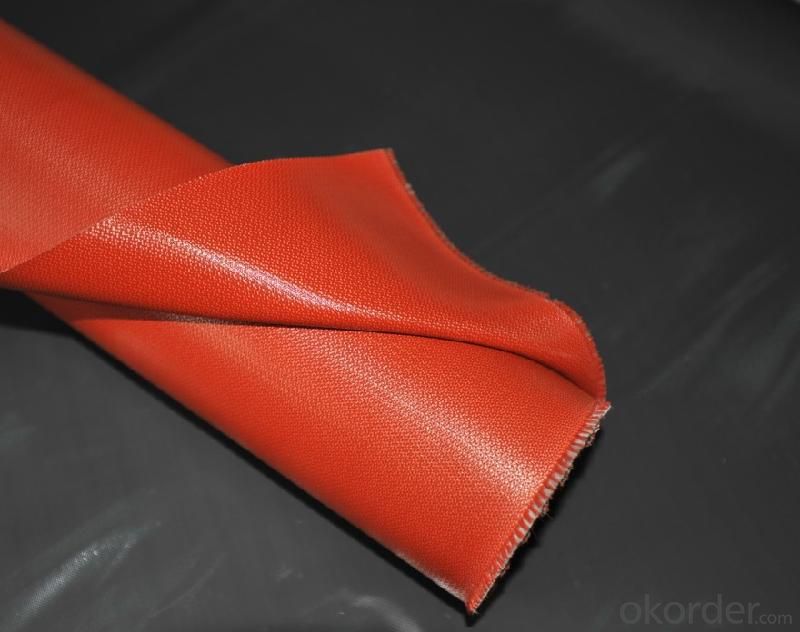
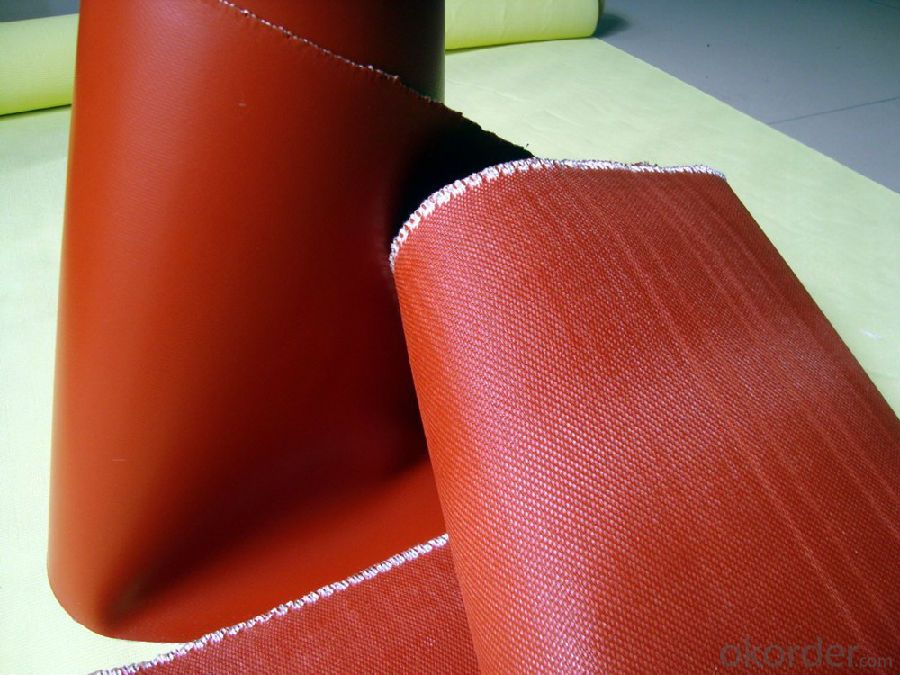
FAQ
1.What are the characteristics of fiberglass fabric?
a)Outstanding temperature resistance(from -70°C to +260°C)
b)Excellent chemical resistance
c)Superior non-stick surface, easy to clean
d)High dielectric strength
e)Dimensional stability
f)Resistance to UV, IR and HF
g)Non-toxic
2.How many methods to weave the fabric?
Four methods to weave the fabric:
a).Plain weave: it can be used in electricity insulation materials and reinforced materials in industry, because of inseparable structure, plain and clear lines.
b).Twill weave: compared with plain weave, it is of high density, high intensity, with a soft and loose structural weave. It can be used in ordinary reinforced materials, filter materials, and painting cloth.
c) Satin weave: compared with plain weave and twill weave, it is of high density,high intensity, with a soft and loose structural weave with a good texture. It is applicable for use as a higher reinforced material in machinery.
d).Gauze weave: said lattice twist weave. It can be used in spread model curtain,resin reinforced emery wheel gray cloth and lattice embed belt.
3.Can you offer us some samples?
We are willing to offer our customers best product&service,if it's necessary we can send
you sample for test;also we welcome all you customer have a trial order.
- Q: How does fiberglass fabric perform in cryogenic applications?
- Fiberglass fabric exhibits exceptional performance in cryogenic applications thanks to its unique properties. The impact of cryogenic temperatures on materials can be significant, but fiberglass fabric stands out with its excellent thermal insulation and low thermal conductivity, making it an ideal choice for use in cryogenic environments. One of the main advantages of fiberglass fabric in cryogenic applications lies in its ability to withstand extremely low temperatures without compromising its structural integrity. It possesses a high melting point and can endure thermal stress, ensuring its durability and reliability even under harsh conditions. This makes fiberglass fabric suitable for applications such as cryogenic storage tanks, pipelines, and equipment handling liquefied gases including nitrogen, oxygen, and LNG (Liquefied Natural Gas). Furthermore, fiberglass fabric demonstrates minimal thermal expansion, meaning it remains relatively stable when exposed to extreme temperature changes. This property is crucial in cryogenic applications as it helps prevent leaks or cracks that could compromise the system's integrity. Moreover, fiberglass fabric is non-corrosive and resistant to chemicals, which makes it suitable for use in cryogenic environments where exposure to potentially corrosive substances is common. It exhibits little to no reaction with most cryogenic fluids, ensuring the fabric remains intact and does not degrade over time. Another significant aspect is fiberglass fabric's excellent electrical insulation properties. Given that cryogenic applications often involve the handling of electrical components, utilizing fiberglass fabric as an insulating material helps prevent issues related to electrical conductivity that may arise due to temperature fluctuations. Overall, fiberglass fabric excels in cryogenic applications due to its thermal insulation, low thermal conductivity, high melting point, minimal thermal expansion, chemical resistance, and electrical insulation properties. These characteristics make it a reliable and durable material for various cryogenic systems and equipment.
- Q: How is fiberglass fabric used in the military industry?
- Due to its exceptional properties, fiberglass fabric is widely used in the military industry. One of its primary applications is in protective equipment and armor, such as bulletproof vests, helmets, and body armor. This lightweight yet strong material provides excellent ballistic resistance to soldiers. Fiberglass fabric also plays a crucial role in reinforcing and strengthening military vehicles and aircraft. It is commonly used to reinforce armored vehicles like tanks and personnel carriers, making them more resistant to explosions and other hostile actions. Its high tensile strength and durability make it an ideal choice for this purpose. In addition, fiberglass fabric is utilized in the construction of military tents and shelters. Its lightweight nature, durability, and resistance to extreme weather conditions ensure the protection and comfort of military personnel in the field. Moreover, fiberglass fabric is employed in manufacturing communication and radar equipment enclosures. Its electromagnetic transparency allows for efficient signal transmission and reception without compromising the safety or functionality of the equipment. This is particularly crucial in military operations where reliable and secure communication is of utmost importance. In summary, fiberglass fabric is extensively used in the military industry for various purposes, including protective equipment, vehicle reinforcement, tent construction, and communication equipment enclosures. Its unique properties enhance the safety, durability, and effectiveness of military personnel and equipment in combat situations.
- Q: Is fiberglass fabric resistant to tearing?
- Yes, fiberglass fabric is highly resistant to tearing due to its strong and durable nature.
- Q: How does fiberglass fabric perform in static dissipation?
- Fiberglass fabric does not perform well in static dissipation. It is a non-conductive material that tends to accumulate static electricity rather than dissipating it.
- Q: Can fiberglass fabric be used for making automotive parts?
- Automotive parts can indeed be made using fiberglass fabric. Renowned for its robustness, longevity, and ability to withstand high temperatures and chemicals, fiberglass fabric proves to be an excellent choice for automotive purposes. It facilitates the creation of diverse automotive components like hoods, fenders, spoilers, and interior elements such as door panels. The flexibility of fiberglass fabric enables the production of bespoke automotive parts with intricate designs. Furthermore, its lightweight nature aids in enhancing fuel efficiency and overall vehicle performance.
- Q: Are fiberglass fabrics available in different colors or finishes?
- Fiberglass fabrics come in various colors and finishes, offering a wide range of options. While the natural color of fiberglass fabric is typically white or off-white, it can be transformed through dyeing or coating processes to achieve diverse colors and finishes. Dyeing involves using specialized colorants that penetrate and bond with the fibers, resulting in vibrant and eye-catching hues. These colored fiberglass fabrics find extensive use in applications where aesthetics play a vital role, such as the manufacturing of clothing, home decor items, and automotive interiors. Moreover, fiberglass fabrics can also be coated with different finishes like silicone, acrylic, or polyurethane, which not only enhance their performance but also provide specific properties like water resistance, heat resistance, or chemical resistance. The availability of a variety of colors and finishes in fiberglass fabrics opens up countless opportunities for both creative and functional applications.
- Q: The influence of bag dust removal on dust filtration
- In flannel cloth through teaseler pull scrape with fluff fabric. When the dust is filtered, the dust particles are first captured by a porous layer of fluff, and most of them are supported by a force of latitude and latitude. Subsequently, a dense and dense porous dust layer is formed on the undercoat layer. Due to the large amount of dust cloth Bisubu, so Bisubu high efficiency dust filter. Which is porous media by single fiber, disorderly deposits thicker, has the characteristics of internal filter in a certain extent. Not only the felt itself has a certain ability to filter dust, but also a large amount of dust, so even if the surface does not form a dust layer, but also to ensure a higher dust filter efficiency.
- Q: Is fiberglass fabric suitable for use in architectural applications?
- Yes, fiberglass fabric is suitable for use in architectural applications. Fiberglass is a versatile material that offers numerous benefits for architectural purposes. Its high tensile strength and durability make it suitable for use in applications such as reinforcing concrete structures, creating lightweight panels and cladding systems, and providing insulation. Fiberglass fabric can be molded into various shapes and sizes, allowing architects and designers to create unique and creative structures. It is also resistant to corrosion, chemicals, and moisture, making it suitable for both interior and exterior applications. Furthermore, fiberglass fabric is fire-resistant and has excellent thermal insulation properties. This makes it an ideal choice for architectural applications where fire safety and energy efficiency are important considerations. Additionally, fiberglass fabric is lightweight, which makes it easier to handle and install compared to other materials such as steel or concrete. Its flexible nature allows it to be easily draped or wrapped around complex architectural features. Moreover, fiberglass fabric is available in a wide range of colors and finishes, allowing architects to achieve the desired aesthetic appearance for their projects. However, it is important to note that fiberglass fabric may require proper maintenance and periodic inspections to ensure its long-term performance. Additionally, it is essential to follow proper installation techniques and guidelines provided by manufacturers to ensure its suitability and effectiveness in architectural applications. In conclusion, fiberglass fabric is a suitable material for use in architectural applications due to its strength, durability, versatility, fire resistance, thermal insulation properties, and aesthetic options. However, it is crucial to consider specific project requirements and consult with experts to determine the most appropriate use of fiberglass fabric in each architectural application.
- Q: Are there any environmental considerations associated with fiberglass fabrics?
- Yes, there are several environmental considerations associated with fiberglass fabrics. Firstly, the production of fiberglass fabrics involves the extraction of raw materials, such as silica sand and limestone, which can have negative impacts on the environment due to habitat destruction and landscape alteration. Additionally, the manufacturing process of fiberglass fabrics requires significant energy consumption, which contributes to greenhouse gas emissions and climate change. Furthermore, the use of fiberglass fabrics often involves the use of toxic chemicals, such as resins and adhesives, which can be harmful to both human health and the environment. These chemicals can potentially leach into soil and water sources, posing risks to ecosystems and biodiversity. Moreover, fiberglass fabrics are not biodegradable and can persist in the environment for a long time. If not properly managed at the end of their life cycle, they can contribute to waste accumulation in landfills or incineration, both of which have their own environmental impacts. However, it is important to note that fiberglass fabrics also have some positive environmental aspects. They are highly durable and have a long lifespan, which can reduce the need for frequent replacements, thus saving resources. Additionally, fiberglass fabrics can have energy-saving properties when used in insulation and construction materials, which can contribute to reducing energy consumption and greenhouse gas emissions in the long run. Overall, while there are environmental considerations associated with fiberglass fabrics, their impact can be mitigated through sustainable production practices, proper waste management, and consideration of alternative, more eco-friendly materials.
- Q: What are the different weave styles available for fiberglass fabric?
- There are several different weave styles available for fiberglass fabric, each with its own unique characteristics and applications. Some of the most common weave styles include plain weave, twill weave, satin weave, and leno weave. 1. Plain weave: This is the simplest and most common weave style for fiberglass fabric. It consists of a simple over-under pattern where each warp yarn passes alternately over and under each weft yarn. Plain weave fabrics are typically balanced and have good stability, making them suitable for a wide range of applications. 2. Twill weave: Twill weave is characterized by a diagonal line pattern on the fabric surface. This weave style is created by passing the weft yarn over two or more warp yarns before going under one or more warp yarns. Twill weave fabrics have good strength and durability, making them ideal for applications that require a higher level of performance. 3. Satin weave: Satin weave is known for its smooth and lustrous appearance. It is created by passing the weft yarn over four or more warp yarns before going under one. This weave style produces a high number of floats on the fabric surface, resulting in a silky texture. Satin weave fabrics are lightweight, flexible, and have excellent draping qualities, making them ideal for applications that require a smooth and elegant finish. 4. Leno weave: Leno weave is a unique weave style that creates an open mesh-like structure. It is formed by twisting adjacent warp yarns together and then locking them in place with a weft yarn. Leno weave fabrics are characterized by their high porosity and excellent breathability. They are commonly used in filtration applications and for reinforcing composites. These are just a few examples of the different weave styles available for fiberglass fabric. The choice of weave style depends on the specific requirements of the application, such as strength, weight, flexibility, and aesthetics.
Send your message to us
Woven Roving Fiberglass Fabric Coated with Silicone Rubber 0.2mm-5mm
- Loading Port:
- Shanghai
- Payment Terms:
- TT OR LC
- Min Order Qty:
- 500 m²
- Supply Capability:
- 50000 m²/month
OKorder Service Pledge
OKorder Financial Service
Similar products
Hot products
Hot Searches
Related keywords
